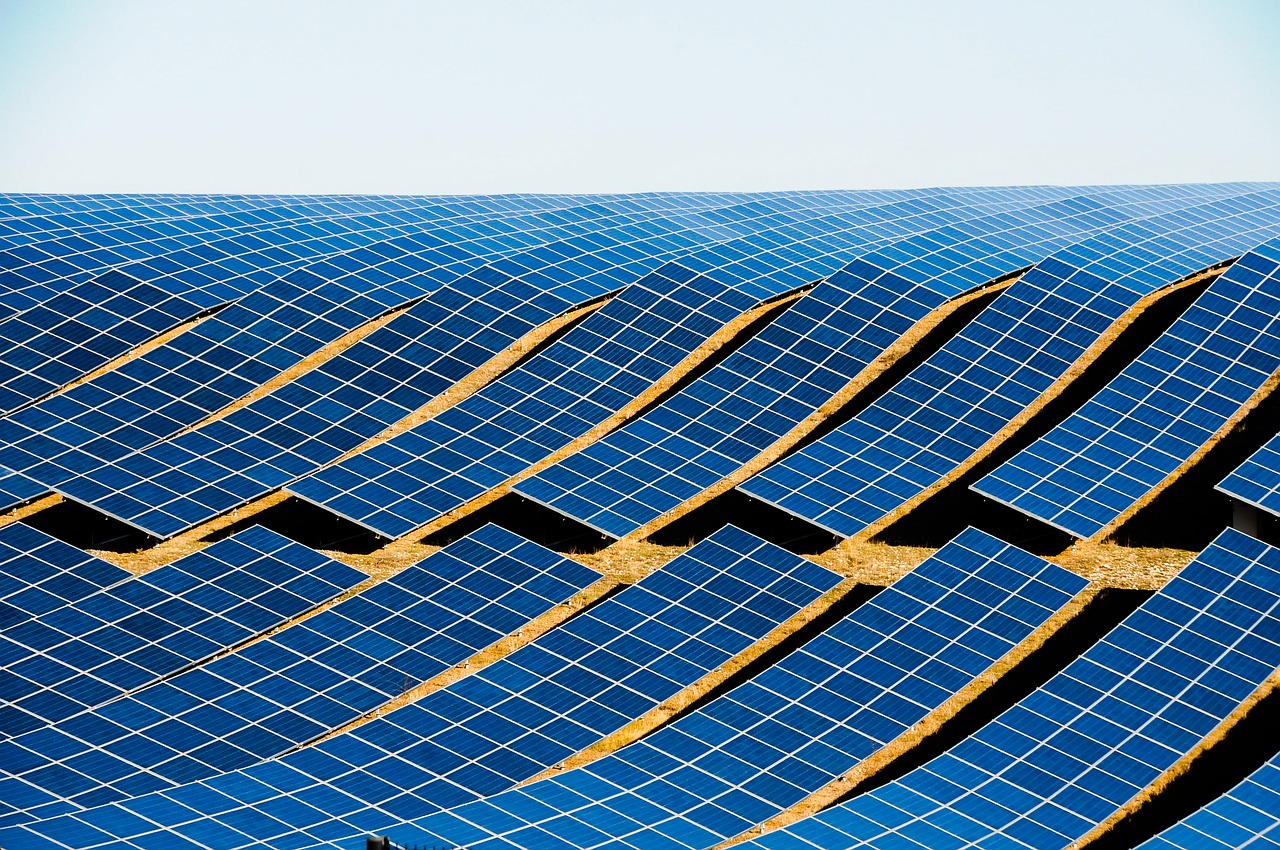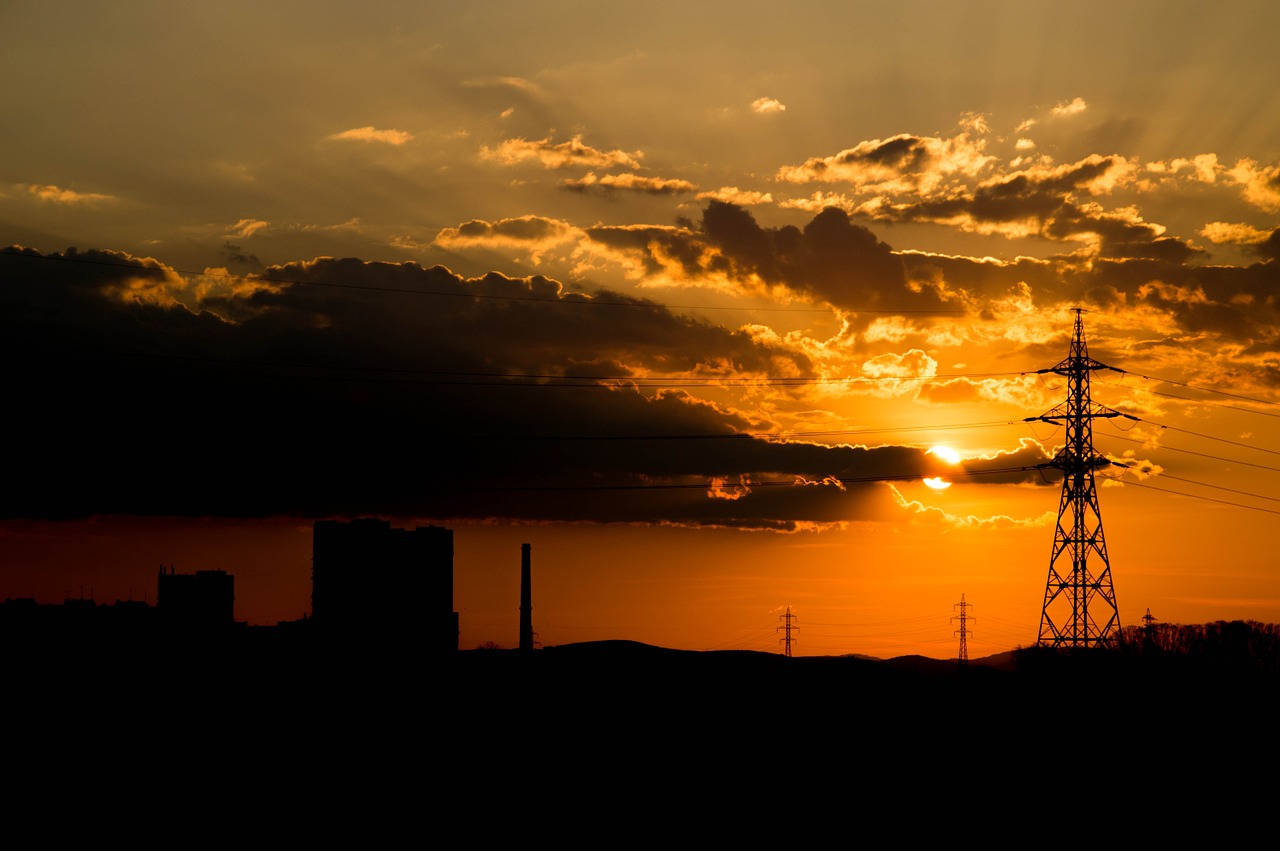
By Frank Andorka, Senior Correspondent
Solar’s continued ascendancy – now reaching nearly 2% of all electrical generation in the United States – is coming at the expense of combined-cycle natural gas plants.
Two of the nation’s largest utilities – Dominion Energy and Vistra Energy Corp. have announced they will no longer build natural gas plants because the underlying economic case for them is disappearing in solar’s shadow, Reuters reported late last week.
Vistra and Dominion are only the latest utilities to bow to the new electrical-generation reality. In states like California, Arizona and New Mexico, public utilities commissions are increasingly skeptical of the need for natural gas plants as “baseload power sources.” Instead, they are insisting utilities begin the process of transforming power generation mixes to include renewable energy + storage instead.
As the price for utility-scale solar continues its downward trend, the need for more expensive natural gas peaker plants is disappearing. It’s having a real effect on the producers of natural gas plant component providers like GE Power and Siemens.
As Reuters reported:
This bearish view of fossil-fuel energy, reflective of a growing acceptance by utilities of renewable power sources, poses a hurdle to John Flannery’s plan to turn around General Electric Co’s (GE.N) $35 billion-a-year power unit.
Dominion’s plans are particularly aggressive. From Reuters:
In Virginia, Dominion Energy ended several maintenance contracts it had with GE this year when it mothballed a large gas-fired plant built by companies GE later acquired and idled seven other coal and natural gas units in the state.
Dominion aims to build 4,720 megawatts of solar by 2033, the equivalent of about five large combined-cycle power plants.
It is opening a new combined-cycle natural-gas plant in Virginia this year, built with GE and Mitsubishi equipment. It said it has no current plans to build more such plants.
“Solar is very cheap,” spokesman Dan Genest said. “These units were just not cutting it.”
As SolarWakeup has reported, some experts are predicting the natural gas boom that had been anticipated as utilities transitioned to renewable power may no longer be a reality.
More:
General Electric’s power unit fights for growth as wind, solar gain (Reuters)
Renewables, FTW! Price Drops Send Natural Gas Reeling (SolarWakeup)
Will Natural Gas Lose Its Place As A Transition Energy? (SolarWakeup)
Natural Gas Plans Hit Snag For Arizona Utility (SolarWakeup)



